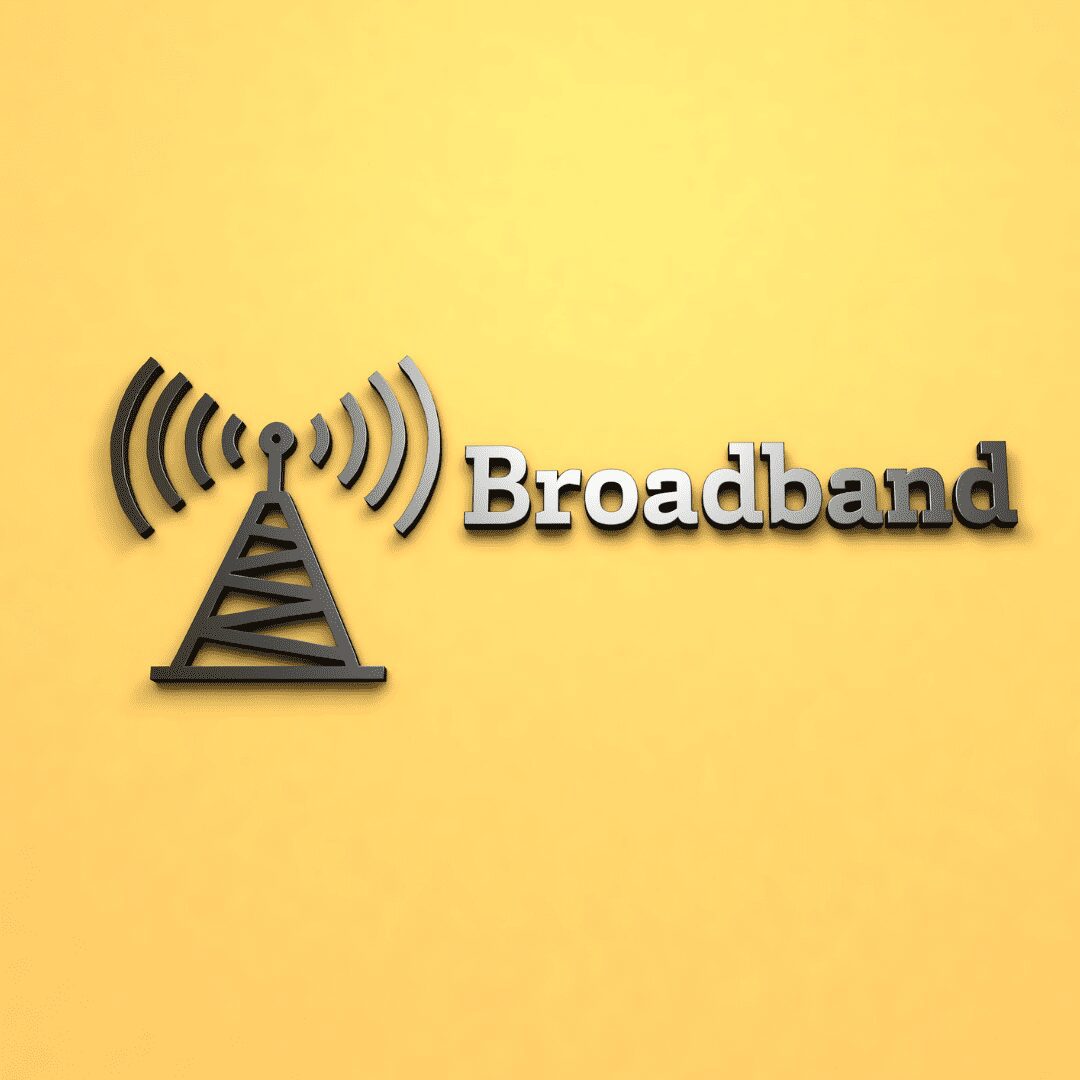
Op-Ed: America’s Broadband Revolution
Johnny Kampis
January 4, 2023
This piece was originally published in National Review on December 28, 2022.
The new national broadband map recently released by the Federal Communications Commission (FCC) shows widespread coverage of high-speed internet across the U.S., although some are challenging its accuracy.
Senator Roger Wicker (R., Miss.) sponsored the Broadband Deployment and Technological Availability (DATA) Act, which required the FCC to improve its mapping process to help determine which areas of the country are unserved or underserved. He said the first draft of the map is flawed.
“We have already heard of reports that entire communities are missing from the new maps, undermining the success of the Broadband DATA Act,” Wicker said. “To ensure that no address is overlooked in the final version, I am calling on all Americans to check for their homes and businesses on the maps and participate in the FCC’s challenge process. With literally billions of federal dollars at stake, accurate maps are essential in providing efficient funding where it is needed.”
The U.S. has undergone a massive expansion of broadband infrastructure thanks to trillions of dollars spent by the private sector to deploy 5G wireless and fiber across the country. Billions of taxpayer dollars are also being spent to close the digital divide. Many observers, like Wicker, have expressed concern that some areas could be left behind if the new map is inaccurate and remains uncorrected, but the opposite is also true: Taxpayer dollars would be squandered if areas that already have robust broadband are shown to be underserved.
Much is at stake because the map will guide the National Telecommunications and Information Administration (NTIA) in granting money to states from the Broadband Equity, Access, and Deployment Program, a more than $42 billion fund created by the Infrastructure Investment and Jobs Act of 2021.
A benefit of the DATA Act is the ability for data crowdsourcing, allowing citizens to check their location on the FCC website and verify its accuracy. Citizens can dispute the FCC’s data directly through the map interface if they believe it is inaccurate. NTIA is asking U.S. residents to log any disputes with parts of the map by January 13.
In a news release announcing the map, FCC chairwoman Jessica Rosenworcel explained that the FCC’s older map collected data at the census-block level, which meant that the existence of broadband at a single home would show the entire block covered by high-speed internet.
Wicker’s bill requires data collection at a more granular level, tasking the FCC to integrate information from broadband providers with hundreds of location-specific data sources.
Rosenworcel noted that the FCC is calling its first map release a “pre-production draft.”
“Releasing this early version of the new maps is intended to kickstart an ongoing, iterative process where we are consistently adding new data to improve and refine the maps,” she said.
Broadband Breakfast, a website that covers the telecommunications industry, pointed out recently that the mapping process could hit snags at the state level. While the challenge process allows jurisdictions such as states to wholesale challenge a swath of locations, contractual obligations may prevent them from doing so.
Adam Carpenter, chief data officer for the Montana Department of Administration, told the website that his state — like many others — leases proprietary mapping data from a contractor. The state cannot share that data with the FCC because the commission’s contractor on the mapping project, CostQuest Associates, may lease challenge data for its own use in commercial mapping products.
“If you’re leasing that data from a private entity, you can’t just hand it over to another private entity,” Carpenter said. “And that puts us in a position where we’re either not going to challenge the FCC map, we’re going to violate our contract and we get sued, or we’re going to work some deal where we partially challenge the FCC map where it favors us.”
The State of New York made headlines in October when it reported that more than 31,500 locations were missing from the FCC map. But CostQuest vice president Mike Wilson told Fierce Telecom that the number represents only 0.66 percent of total locations in the state. Wilson said the state’s challenges are “in line with what we would expect as a potential error rate” for an early draft.
Jeffrey Westling, director of technology and innovation policy at American Action Forum, a center-right group that promotes free-market solutions in a variety of fields, said creating accurate maps will be a long process, and their veracity will ensure that taxpayer money goes to those who truly need it.
“My concern would be we aren’t overcorrecting it,” he said. “So far I haven’t seen much to get too worried about.”
The Wall Street Journal noted that the national map indicates that 98 percent of locations in the U.S. have access to broadband, which closely aligns with the FCC’s previous determination that 96 percent of Americans can access fixed high-speed internet.
Andrew Long, a senior fellow at the Maryland-based Free State Foundation, said the map reflects the robust growth of broadband development in recent years.
“It confirms the unprecedented success realized by private investment in building out broadband infrastructure rapidly throughout our nation,” he said.
The early draft of the national map is encouraging, showing the widespread coverage the FCC has touted. Now, hopefully, the crowdsourcing of data will help fine-tune the map so that Americans will be 100 percent covered. Given the billions of taxpayer dollars going toward the effort, it’s important to get this right.
